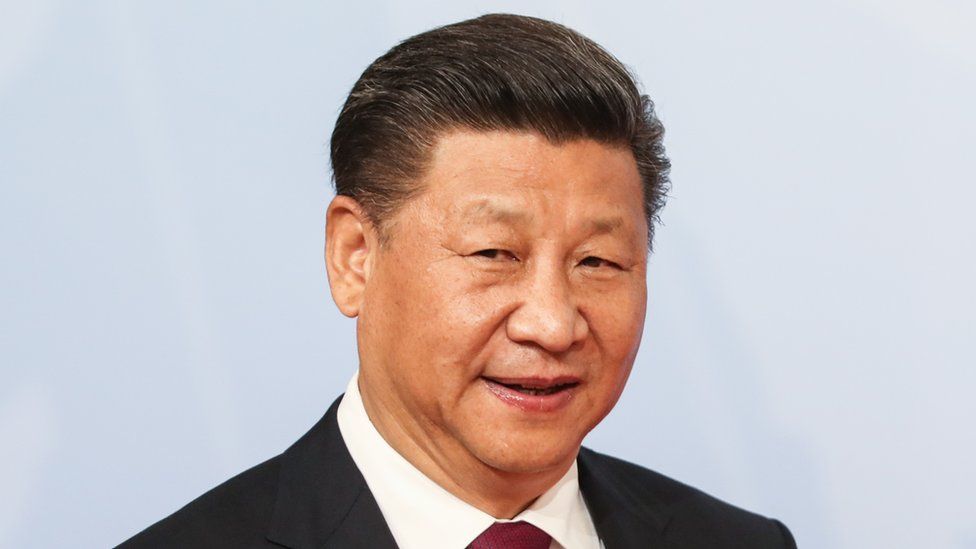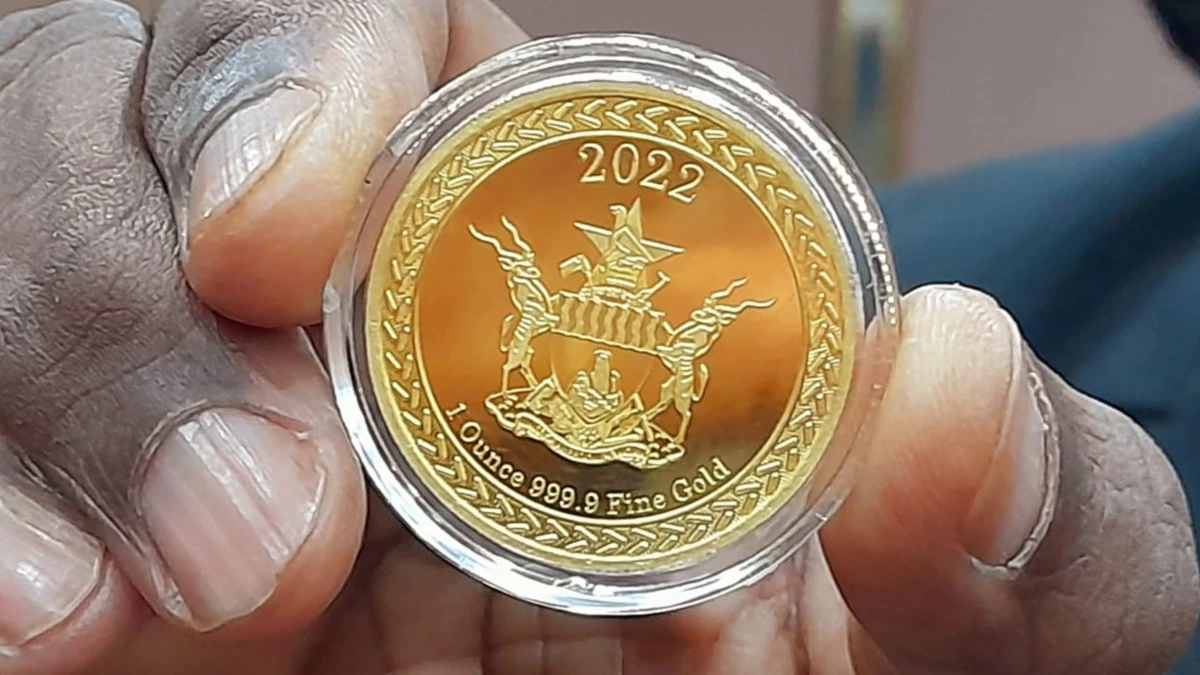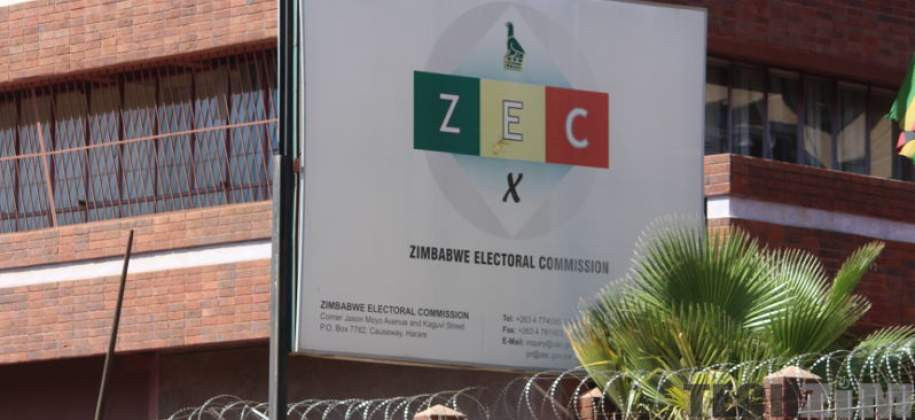
Taisa Tshuma THE Silk Road was a network of ancient trade routes, formally established during the Han Dynasty of China in 130BC, which linked the regions of the ancient world in commerce up to about AD1453.
The history of the Silk Road pre-dates the Han Dynasty in practice, however, as the Persian Royal Road, which later came to serve as one of the main arteries of the Silk Road.
The Persian Royal Road was established during the Achaemenid Empire (550-330BC). The Persian Royal Road ran from Susa, in north Persia (modern-day Iran) to the Mediterranean Sea in Asia Minor (modern-day Turkey).
These paths eventually crossed down into the Indian subcontinent, across Mesopotamia, and over into Egypt. This was the birth of early intercontinental trade.
By AD1453, the Ottoman Empire boycotted trade with the west and closed the routes. By this time, Europeans had become used to the goods from the East and when the Silk Road closed, merchants needed to find new trade routes to meet the demand for these goods.
The closure of the Silk Road initiated the Age of Discovery (also known as the Age of Exploration, AD1453-1660) which saw the European explorers taking to the sea and charting new water routes to replace over-land trade.
The Age of Discovery would impact cultures around the world as European ships claimed some lands. Colonisation intensified and spread all throughout the global south.
In recent years, the Chinese President Xi Jinping has given a renewed impetus to an ambitious initiative to revive the Silk Road and the fortunes that it once brought by pledging more than 842 billion yuan (US$124 billion) in additional funding to promote trade and development among the countries along the historic route. It is now called the Belt and Road Initiative (BRI).
- Chamisa under fire over US$120K donation
- Mavhunga puts DeMbare into Chibuku quarterfinals
- Pension funds bet on Cabora Bassa oilfields
- Councils defy govt fire tender directive
Keep Reading
China already trades with the whole world but the single largest export recipient is the United States, accounting for about 17%.
China within and around Asia China has numerous mega-infrastructure projects within its borders. Their construction and modernisation is very impressive, both in scale and design.
With the world’s largest population of people that also pride themselves as hard workers, China is rightfully dubbed the “world factory”. Seven of the 10 biggest seaports in the world are Chinese.
With the capacity to mass produce virtually everything, also comes a great appetite for raw materials. The rest of the world must then supply its “factory” with raw materials.
Due to its sheer vastness, China shares land borders with 14 other countries and several maritime neighbours. Being the dominant economic power in the region, everyone in the neighbourhood largely consumes from China and sells to China. There is a compulsive dependence on Beijing.
China has sharp differences with some of its neighbours, including border disputes and territory annexation ambitions. Other than Hong Kong occasionally resisting Beijing influence, there is Taiwan and Tibet claiming total independence from China.
The tensions are high enough and could potentially draw in the West, with the US in particular taking offence at Chinese territorial expansion ambitions. India is also involved in a military standoff with China over the strategic Doklam plateau in Bhutan.
The BRI project has triggered massive construction, especially to the south and west of China. There is grumbling over Beijing’s aggressiveness and assertions of skewed mega deals that are exploitative to the locals. These include a proposed railway running through Laos, which will cost more than the small, landlocked country’s annual GDP.
There are concerns of potentially negative environmental consequences, as new huge infrastructure projects plough through areas, such as the rugged yet fragile Karakoram Mountains.
China in Europe and the Middle East A big part of the BRI plan is to further smoothen trade between China and Europe. The China-Europe Railway Express is a transit route for Chinese exports and some goods from Europe to Chinese cities.
The network has 73 routes, connecting China with Kazakhstan, Russia, Belarus, Poland, Germany, the Czech Republic, France and Spain.
In 2014, Romania announced plans to develop a €11 billion (US$11,18 billion) high-speed railway link for Vienna-Bucharest-Constanta, using Chinese firms and funds. While Romania sought the technical expertise in infrastructure projects from the Asian giant, China was looking at a bridge to the European Union.
Chinese ambitions are being resisted in the West. Romania recently announced that it would adopt a “memorandum” that would no longer grant public infrastructure contracts to firms from countries that do not have a bilateral trade agreement with the EU.
In France, Chinese buyers purchased three of the five highest-priced vineyards in Bordeaux, according to Christie’s International Realty. In 2021, French wines and spirits to mainland China reached a new record of €1,3 billion (US$1,32 billion), representing a 57% increase from 2020. The traditional big supplier of wines to China is Australia. Fine wine dining is a good indicator of increasing opulence.
In Germany, the Chinese are acquiring shares in big companies and some Europeans are not amused by this “takeover”, since they cannot legally do the same in China. These are however, willing-buyer, willing-seller deals, not military conquest and duress that most of Europe has previously dished out to other parts of the world.
As the base of the original Silk Road, the Middle East is also experiencing unprecedented Chinese investment. While the United States is signalling intentions to disengage some of its Middle Eastern ties, China is now the main source of foreign investment in the Middle East, as well as a major economic partner for several Gulf States.
China in Africa The presence of the Chinese in Africa has increased tremendously in recent times and has brought mixed feelings. Africa has had a problematic history with outside powers that have basically exploited and looted the continent.
Africans are especially sensitive to racist and prejudiced tendencies, which several Chinese contractors have been accused of. Local workers at Chinese managed construction sites have complained of harsh taskmasters, who have no regard for labour laws. Some workers have alleged punishment with flogging and other potentially hazardous ways. The disturbing aspect of this is that some governments have cowardly ignored such allegations.
China, known as the “all-weather friend”, especially to embattled African regimes, has a very strong financial hold over these governments.
Post-independence, Africa has largely mismanaged its economies, with rampant corruption and populist policies. China has come to the “rescue” with loans and grants in exchange for mineral resource rights.
A comedian described China as “Africa’s sugar daddy with a slave master mentality”. The unconditional loans being given to sustain rogue regimes is very irresponsible of China. This is not any different from funding an apartheid or colonial regime. This is the Asian variant of Washington’s CIA economic hitman.
Standing up to Chinese bullying and exploitation is a daunting task for many desperately poor African countries. South Africa, a top economy on the continent and a BRICS associate of China, denied the Dalai Lama a visa to visit the country on three occasions. Though the denials were sugar-coated with technical diplomatic jargon, the Chinese foreign ministry thanked South Africa for supporting their sovereignty. The Dalai Lama is a Tibetan spiritual leader, who was exiled to India in 1959 for his role in an uprising demanding autonomy from China.
One visa denial in particular stood out, because the Dalai Lama was unable to attend the 80th birthday celebration of his friend, anti-apartheid stalwart and fellow Nobel peace laureate Archbishop Desmond Tutu in October 2011.
Defenders of Africa’s soft stance on China lament the support Africa received during the anti-colonial struggle years. Russia is another beneficiary of this sentiment.
It was inevitable that China and Russia would support any anti-West campaign. This is a party that neither of these two countries needed an invitation to attend.
Lived experiences rather than diplomatic positions are a truer reflection of the African person’s worth to Russia and China. The treatment of Africans in China and Eastern Europe at the onset of Covid-19 and the war in Ukraine are recent clear examples.
In Zimbabwe, a number of high profile nationalist zealots have taken sides on the Russia-Ukraine conflict, basing it on loyalty to Russia for supporting the liberation struggle. China has been very principled on this issue, giving all the right messages on the need to value human life and encouraging peace.
Zimbabwe state TV presenters sound like coached Kremlin mouthpieces as they consistently refer to the war in Ukraine as a “special military operation”.
The treatment of Africans by some Chinese expatriates must be addressed by the highest offices. Since China’s government is funding these infrastructure projects and business operations in Africa, the people they send to work on them represent China albeit not in the capacity of an official diplomat.
Conclusion China has subtly continued its cunning plan and the boom is undeniable. The New Silk Road or BRI is the biggest and most ambitious international economic undertaking since the 1948 Marshall Plan, a US-led programme for European recovery after World War II.
The Chinese global footprint is massive and their economy is set to overtake the US as the largest in the world by the year 2030.
- Tshuma is an entrepreneur and social commentator from Bulawayo. Twitter: @TaisaPT.











